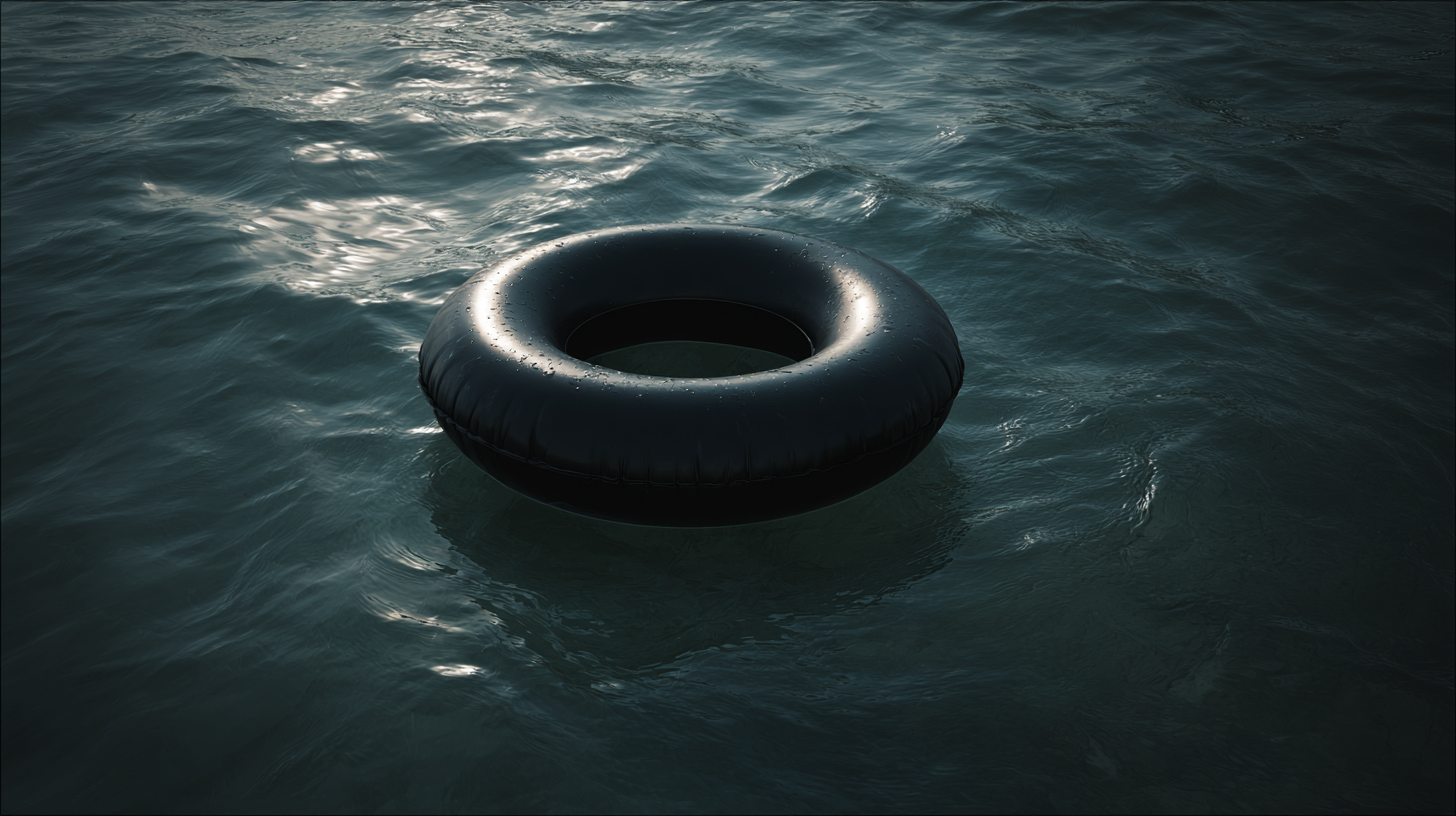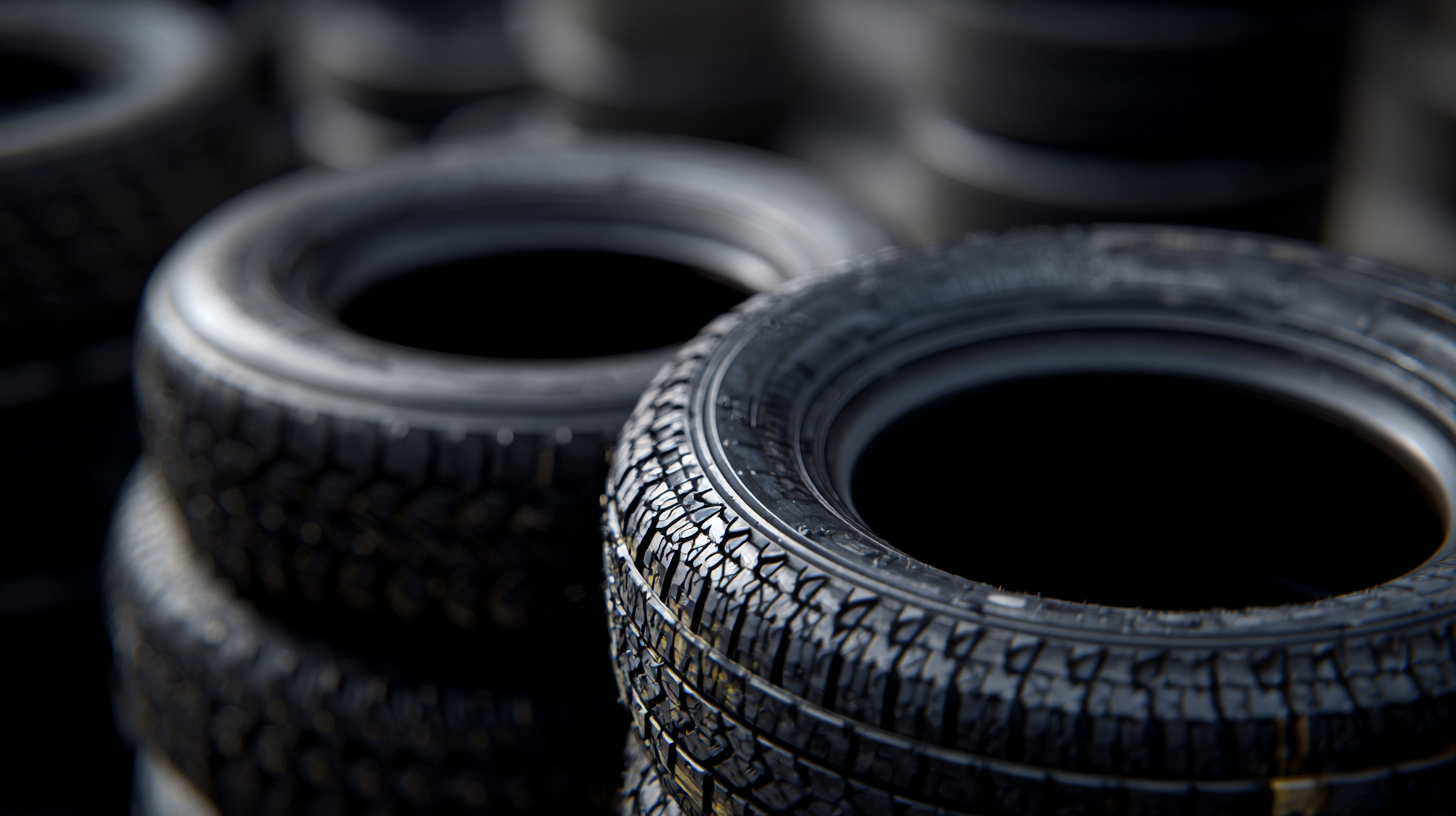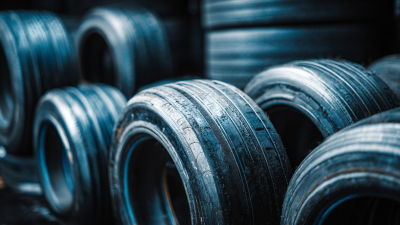Leave Your Message
In today's fast-paced world, the significance of inner tubes in our everyday lives cannot be overstated. As integral components of various vehicles, including bicycles, motorcycles, and cars, inner tubes play a crucial role in ensuring safety and performance. According to a market research report by Grand View Research, the global tire inner tube market was valued at approximately $8 billion in 2022 and is projected to grow significantly over the next decade. This growth is driven by the rising demand for bicycles and the increasing popularity of recreational outdoor activities.

Choosing the right inner tube is essential not only for enhancing the lifespan of wheels but also for optimizing the overall riding experience. This guide will delve into the importance of inner tubes, factors to consider when selecting one, and how to ensure you make the best choice for your specific needs.
Inner tubes play a crucial role in the world of modern transportation and recreation, often overlooked yet essential components in ensuring safety and comfort. In vehicles like bicycles, motorcycles, and even cars, inner tubes provide an effective barrier against punctures and help maintain optimal tire pressure. This stability not only enhances the performance of the vehicle, making it easier to navigate various terrains but also contributes to the comfort of the ride. The reliability of inner tubes can be pivotal, particularly in urban commuting and outdoor adventures where varying conditions challenge both equipment and riders.

In recreational activities such as tubing down a river or utilizing inflatable rafts, the importance of inner tubes becomes even more pronounced. These tubes allow individuals to enjoy leisure activities safely and comfortably. The buoyancy provided by well-made inner tubes enables users to float effortlessly, providing an enjoyable experience in both calm and turbulent waters. As products have evolved, the development of durable materials and innovative designs has led to greater safety and performance, making it essential for enthusiasts to choose the right inner tube tailored to their specific needs and activities.
When selecting the right inner tube for your needs, several key factors should be considered to ensure optimal performance and safety. Firstly, the size of the inner tube is paramount. According to a report by the Bicycle Product Suppliers Association, improper sizing can lead to increased incidence of flats, with approximately 30% of bike-related issues stemming from ill-fitting tubes. Always double-check the specifications on your tire to select a compatible inner tube that matches both the diameter and width required.
Another significant factor is the material of the inner tube. Most tubes are made of either butyl rubber or latex, with butyl being the more common choice due to its durability and air retention properties. A study from the International Journal of Bicycle Studies noted that butyl tubes can retain air pressure up to 50% longer than latex equivalents, making them ideal for everyday cycling use. However, if you’re looking for a lighter option for competitive racing, latex tubes, despite their higher price, provide lower rolling resistance and are preferred by performance cyclists. Ultimately, understanding these elements will help you make an informed decision tailored to your specific riding conditions and style.
| Type | Diameter (inches) | Width (mm) | Material | Use Case |
|---|---|---|---|---|
| Bicycle | 26 | 1.95 | Butyl | Road, Mountain |
| Motorcycle | 17 | 130 | Natural Rubber | Off-road, Racing |
| Car | 15 | 205 | Butyl | Standard, Performance |
| Scooter | 10 | 3.00 | Butyl | Urban Commuting |
| Wheelbarrow | 16 | 4.00 | Butyl | Gardening, Construction |
When selecting inner tubes for various applications, understanding the different types based on materials, sizes, and features is essential. Inner tubes are typically made from materials like butyl rubber and latex, each offering unique benefits. Butyl rubber is widely used due to its durability and ability to maintain air pressure over time, making it a reliable choice for everyday bicycles. In contrast, latex tubes are lighter and offer lower rolling resistance, which can enhance performance for racing or competitive cycling.
Size is another crucial factor when choosing an inner tube. It’s essential to match the tube with the tire size, which is usually indicated on the tire sidewall. Inner tubes come in various sizes to accommodate different tire dimensions, from standard road bike tires to wider mountain bike tires. Additionally, features such as Schrader or Presta valve types should be considered, as they vary in compatibility with specific rims and pumps. Choosing the right inner tube involves a combination of these factors, ensuring optimal performance and safety for the rider.
Maintaining inner tubes is crucial for ensuring their longevity and optimal performance. According to a market report by Freedonia Group, the global demand for inner tubes is projected to grow over 4% annually, highlighting their significance in various applications from bicycles to automobiles. Proper maintenance can substantially extend the lifespan of these vital components. Regularly inspecting for punctures, checking pressure levels, and keeping them clean can prevent premature wear and tear.
Additionally, using the right tire pressure not only enhances performance but also reduces the risk of blowouts. The Tire Industry Association indicates that over 50% of tire-related incidents are due to improper inflation. Ensuring inner tubes are stored in a cool, dry place away from direct sunlight can also prevent material degradation. By adopting these maintenance practices, users can enjoy safer and more efficient rides, ultimately maximizing the value of their investment in inner tubes.
When engaging in sports and recreational activities that utilize inner tubes, safety should be the top priority. Whether you are boating, tubing down a river, or using inner tubes for water sports, understanding the risks involved is crucial. Wearing appropriate safety gear, such as life jackets and helmets, can significantly reduce the risk of injury. Additionally, it’s essential to ensure that the inner tubes are in good condition, with no signs of wear or damage, as this can lead to accidents.
Moreover, considerate planning of the activity environment is vital for ensuring safety. Always choose locations that are suitable for the intended use of the inner tubes. Look for well-maintained areas with clear signage and guidance on safety protocols. It’s also wise to be aware of weather conditions and water currents, which can change rapidly and pose threats. By prioritizing these safety considerations and choosing the right products, individuals can enjoy their recreational activities with greater peace of mind, making the experience enjoyable and risk-free.








